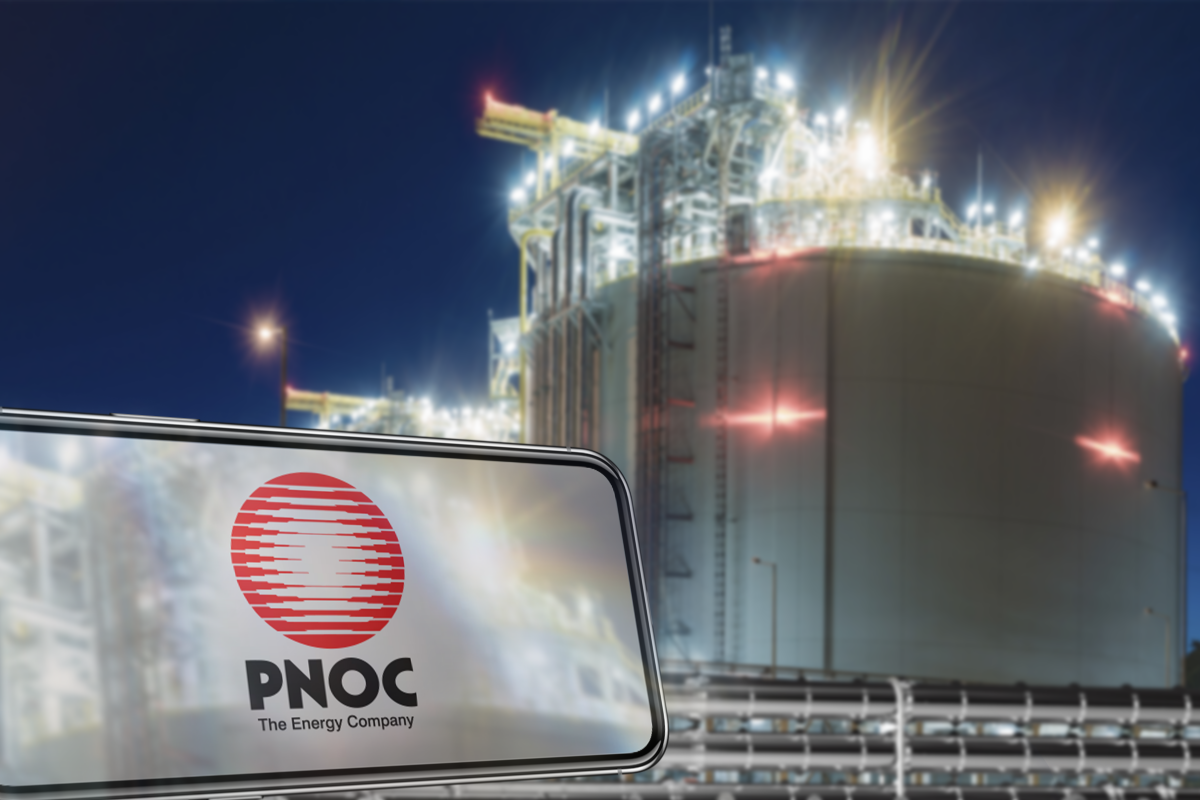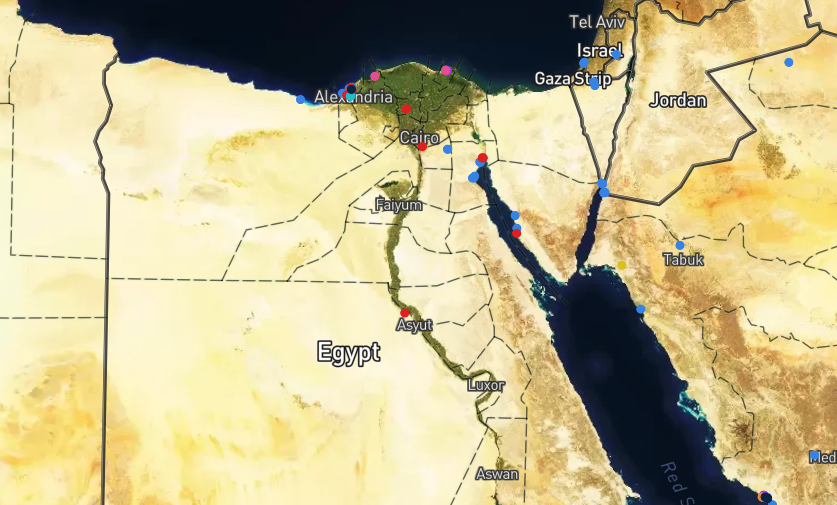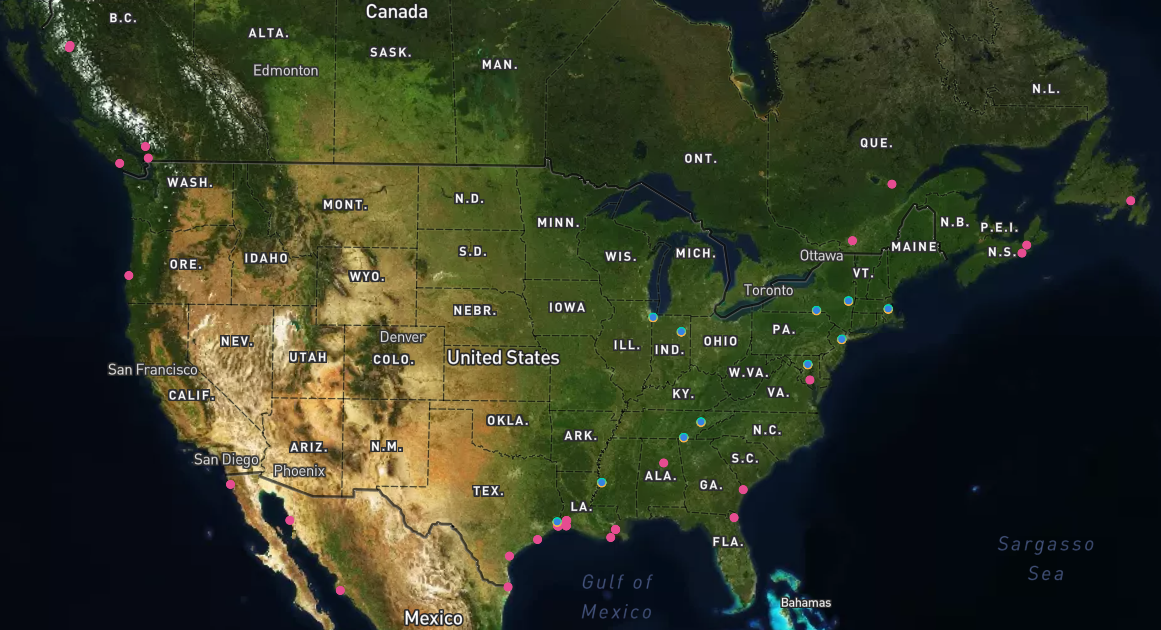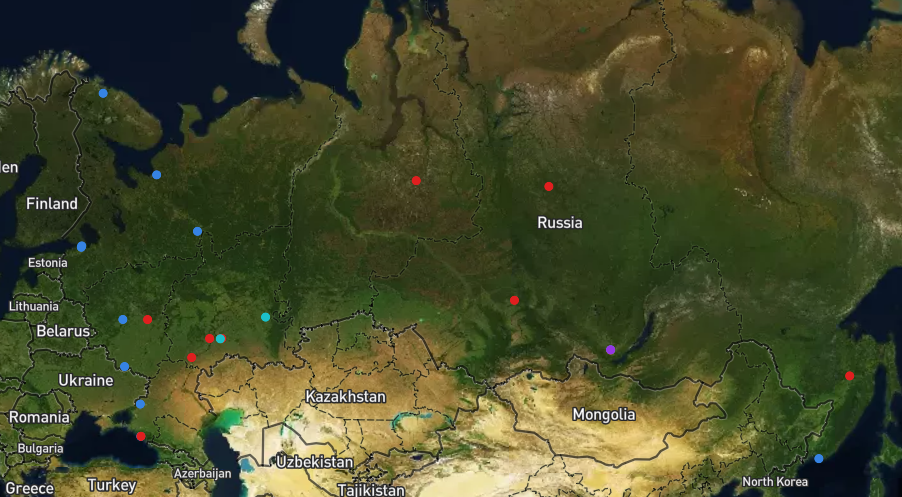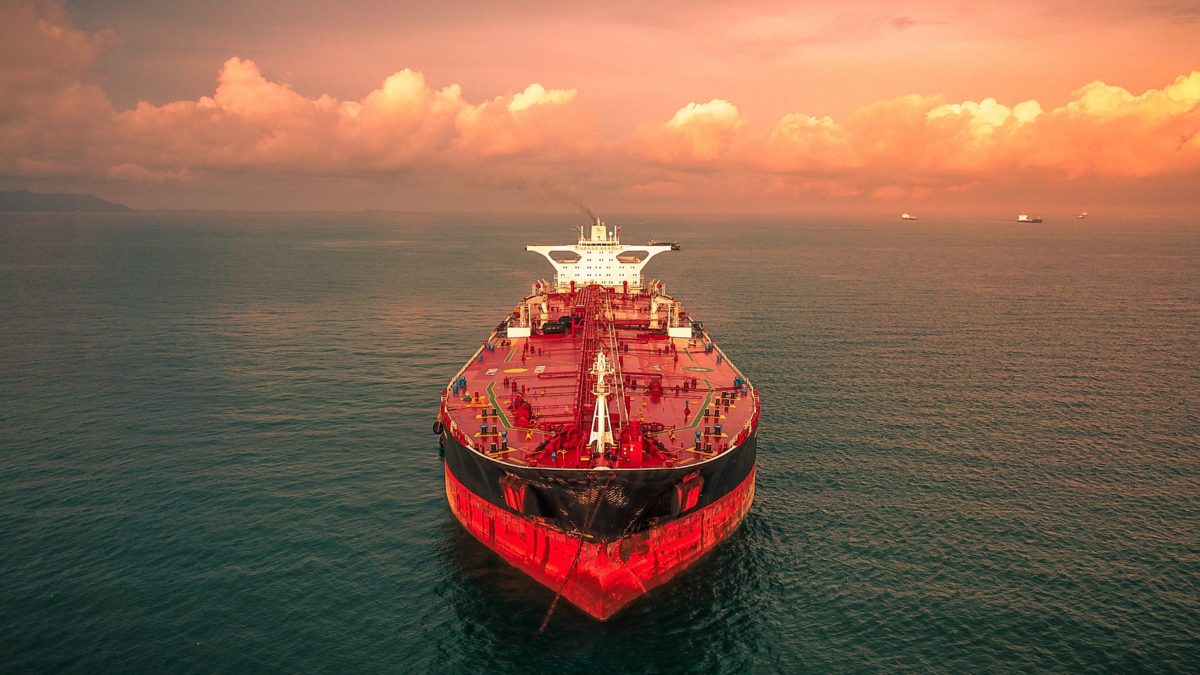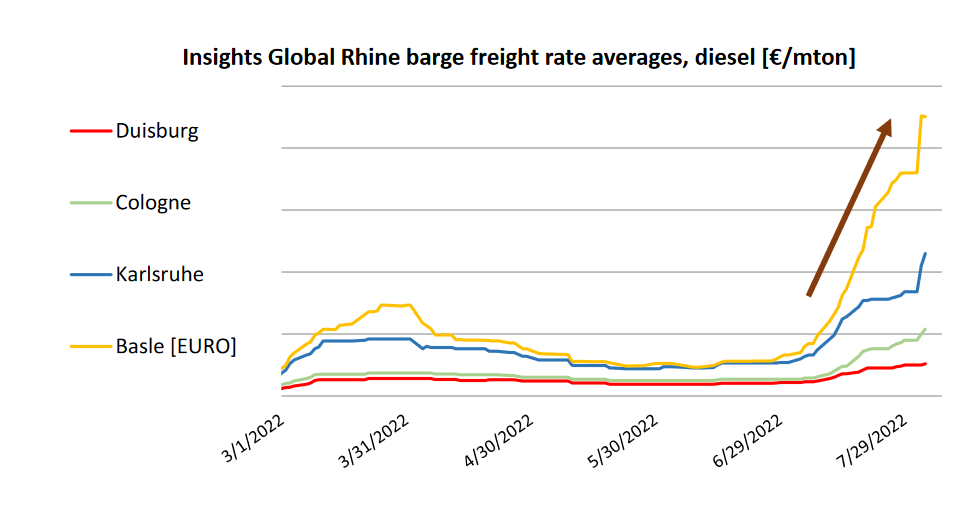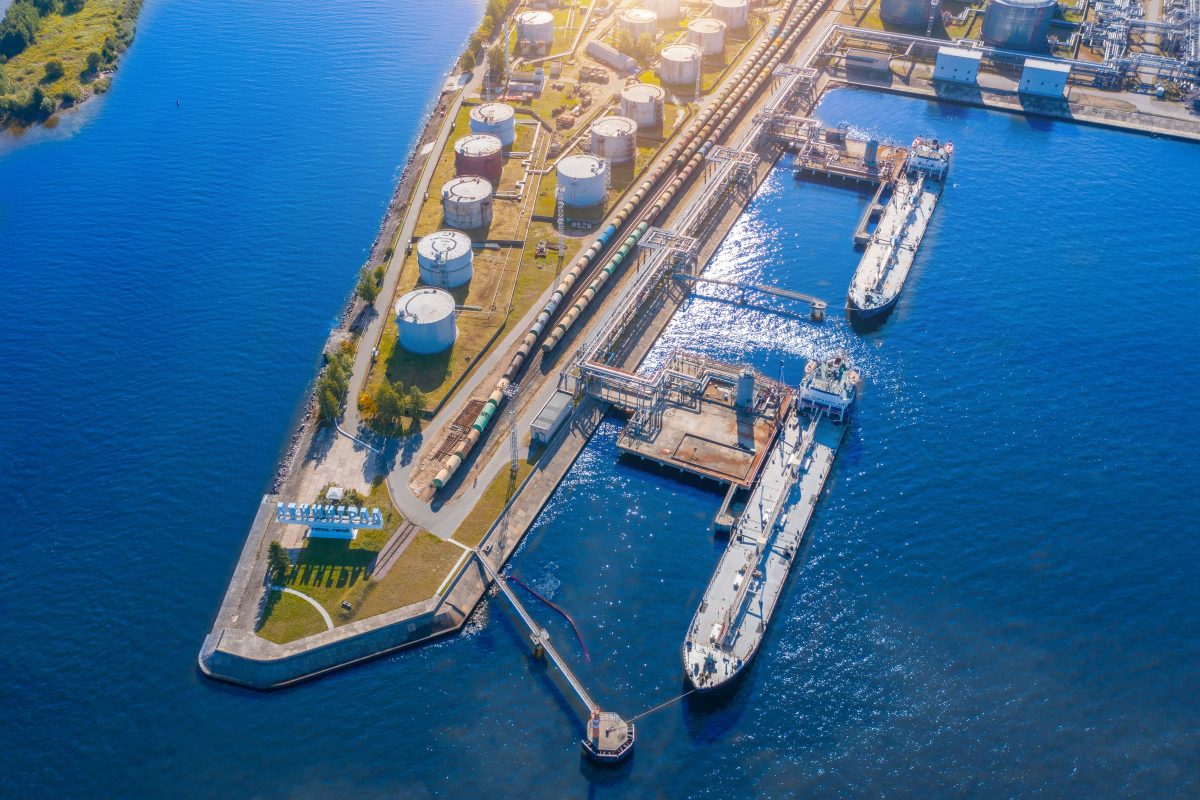State-run Philippine National Oil Co. (PNOC) wants to push through with the establishment of a strategic petroleum reserve (SPR), along with an interim oil stockpiling program, in a bid to provide oil supply security and price stability in the country.
PNOC has issued an invitation for negotiated procurement for transaction advisory services for its SPR program.
The SPR, or a strategic oil stockpile, is an emergency fuel storage of oil and petroleum products maintained by either the government or private entities, or both, which are released during periods of local or international oil supply disruptions.
According to PNOC, the main purpose of the SPR is to temporarily replace the physical volumes of imported oil or refined petroleum products that may be lost in the short-term during an emergency.
PNOC will engage the services of a transaction adviser to prepare the detailed feasibility study for the development of a national SPR.
The comprehensive feasibility study is expected to cover the technical, legal, social, environmental, financial and economic viability aspects, as well as the risk assessment in developing and implementing the project.
If a national SPR is determined to be viable for the country, PNOC said the study must assess potential sites, considering all the currently existing storage facilities that can be used for SPR development.
Likewise, the best stockpile ownership options, methods and technologies to be adopted, composition and volume as well as estimated total project cost should be determined.
Recognizing that any SPR program would entail gradual build-up of volume and presence in strategic locations, PNOC is also requiring its transaction adviser to come up with a study on the establishment of an interim oil stockpiling program that can be undertaken in the near term as a transition phase leading to the full-blown SPR.
“The objective of this short-term undertaking is to provide a response mechanism that the government may immediately employ in times of oil-related emergencies,” PNOC said.
Being a country that is almost completely reliant on imports to supply its crude oil and petroleum product requirements, PNOC said pump prices in the Philippines are heavily affected by price adjustments caused by complications among different parties on the global stage, on top of problems within its own borders as well as natural and man-made disasters.
philstar GLOBAL by Richmond Mercurio, August 16, 2022

